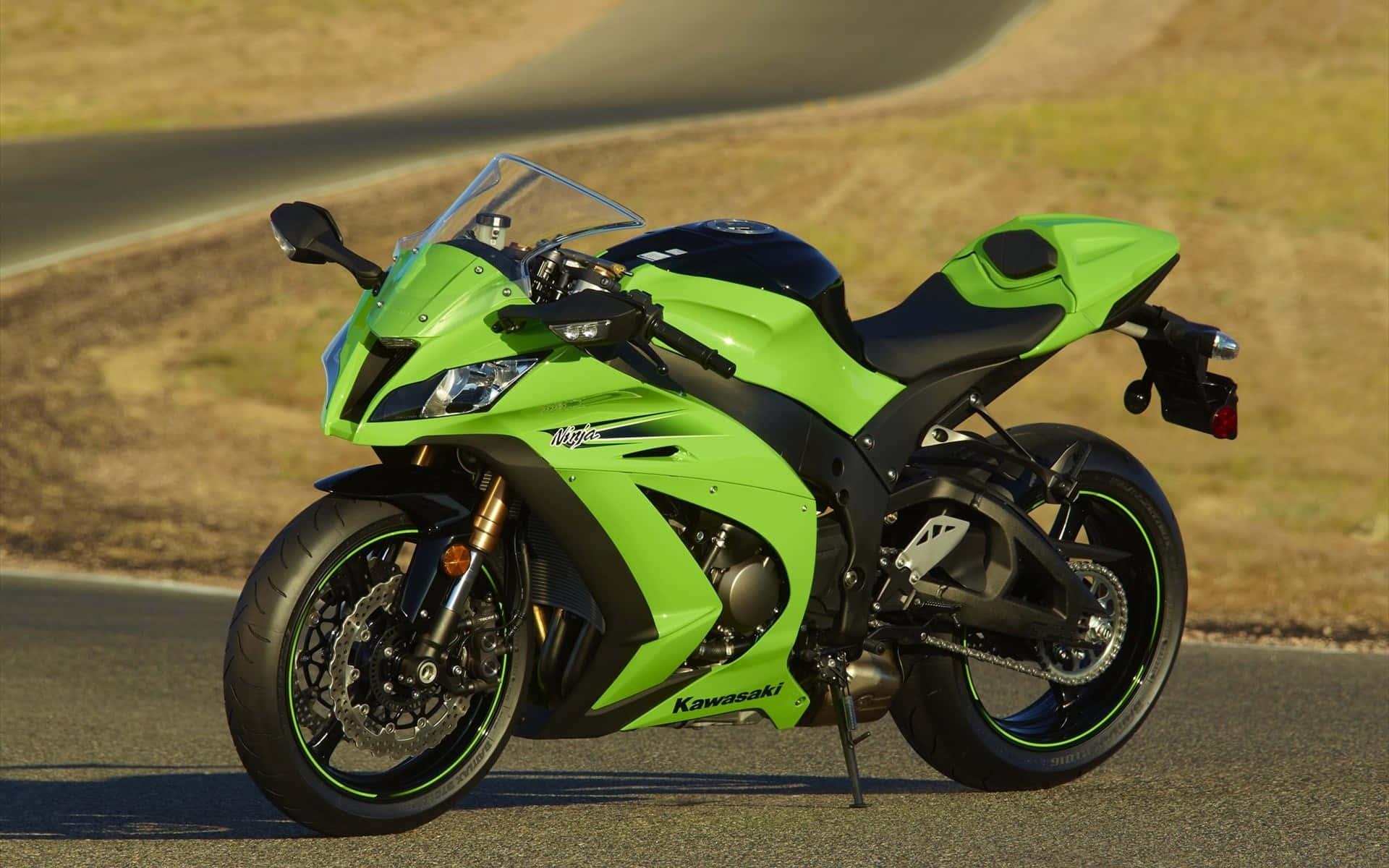Driving a motor vehicle is a privilege that comes with a great responsibility to ensure the safety of yourself, passengers, and others on the road. Operating a motor vehicle requires not only technical skills but also a high level of awareness, attentiveness, and adherence to rules and regulations. In this article, we will explore essential guidelines to keep in mind while driving to ensure a safe and responsible experience on the road.
1. Focus on the Road Ahead: Minimize Distractions
- Avoid using mobile phones, eating, or engaging in any activity that diverts your attention from the road.
2. Obey Traffic Laws: Adherence is Key
- Follow speed limits, traffic signals, and road signs to ensure safe and lawful driving.
3. Seat Belts: Always Buckle Up
- Wear seat belts at all times, and ensure that all passengers are properly restrained.
4. Maintain Safe Following Distance: Avoid Tailgating
- Keep a safe distance from the vehicle in front of you to allow time to react to sudden changes.
5. Defensive Driving: Anticipate and Respond
- Be aware of your surroundings, anticipate the actions of other drivers, and be prepared to react defensively.
6. Avoid Fatigue: Stay Rested
- Avoid driving when tired or drowsy. Fatigue can impair your reaction time and decision-making.
7. Use Mirrors: Check Blind Spots
- Regularly check your mirrors and blind spots to ensure awareness of vehicles around you.
8. Turn Signals: Communicate Intentions
- Use turn signals to indicate your intentions and allow other drivers to anticipate your moves.
9. Right of Way: Yield Appropriately
- Understand and respect right-of-way rules to prevent collisions at intersections and junctions.
10. Weather Conditions: Adjust Driving – Adjust your driving speed and behavior based on weather conditions, such as rain, snow, or fog.
11. Emergency Equipment: Be Prepared – Keep emergency equipment, such as a spare tire, jack, and first aid kit, in your vehicle.
12. Avoid Aggressive Driving: Stay Calm – Maintain a calm demeanor, avoid road rage, and refrain from aggressive driving behaviors.
13. No Drinking and Driving: Stay Sober – Never operate a vehicle under the influence of alcohol or drugs.
14. Children and Pets: Secure Safely – Use appropriate child safety seats and restraints, and secure pets properly when traveling.
15. Regular Vehicle Maintenance: Keep it Safe – Ensure your vehicle is well-maintained, with regular checks on brakes, tires, lights, and fluids.
Driving is a responsibility that requires constant vigilance, respect for others, and adherence to safety guidelines. By staying focused, obeying traffic laws, and practicing defensive driving, you contribute to safer roads and a more harmonious driving experience for everyone. Remember, each decision you make while behind the wheel has the potential to impact lives, so prioritize safety, be a courteous driver, and embrace the responsibility of operating a motor vehicle with care and diligence.
Essential Motorcycle Maintenance: Ensuring a Smooth and Safe Ride
Owning and riding a motorcycle brings a sense of freedom and excitement, but it also comes with the responsibility of proper maintenance. Regular motorcycle maintenance is essential to ensure not only a smooth and enjoyable ride but also your safety on the road. In this article, we will explore the key motorcycle maintenance tasks that every rider should be familiar with to keep their bike in optimal condition.
Regular Oil Changes: Engine Health
- Changing the oil at recommended intervals helps maintain engine performance and longevity.
2. Tire Care: Traction and Safety
- Check tire pressure and tread depth regularly to ensure proper grip and handling.
3. Brake Inspection: Responsive Braking
- Regularly inspect brake pads, rotors, and fluid levels to ensure efficient and safe braking.
4. Chain Maintenance: Smooth Power Transmission
- Lubricate and adjust the chain to prevent wear, improve power transfer, and prolong its lifespan.
5. Air Filter Cleaning: Optimal Airflow
- Clean or replace the air filter to ensure proper airflow to the engine and efficient combustion.
6. Battery Health: Reliable Starting
- Check the battery’s charge and connections to ensure reliable starting and electrical functions.
7. Suspension Maintenance: Comfortable Ride
- Inspect and maintain the suspension components for a smooth and comfortable ride.
8. Fluid Checks: Vital Fluids
- Regularly check and top up fluids such as coolant, brake fluid, and transmission oil.
9. Spark Plug Replacement: Efficient Combustion
- Replace spark plugs at recommended intervals to ensure efficient fuel combustion.
10. Lights and Signals: Visibility and Communication – Regularly inspect and test all lights and signals to ensure visibility and communication with other road users.
11. Control Cable Inspection: Smooth Operation – Inspect throttle, clutch, and brake cables for proper tension and smooth operation.
12. Exhaust System: Noise and Emission – Regularly check the exhaust system for leaks and ensure it meets emission standards.
13. Frame and Body: Structural Integrity – Inspect the frame and body for any signs of damage or corrosion.
14. Side Stand and Center Stand: Stability – Ensure both stands are functioning properly to provide stability when parked.
15. Owner’s Manual: Your Guide – Familiarize yourself with your motorcycle’s owner’s manual for specific maintenance guidelines.
Regular motorcycle maintenance is not just about keeping your bike in good condition; it’s a crucial aspect of rider safety. By understanding and performing these essential maintenance tasks, you contribute to the longevity of your motorcycle and enjoy a safe and enjoyable riding experience. Remember, a well-maintained motorcycle not only performs better but also enhances your confidence on the road. Prioritize regular maintenance, invest time in learning about your bike, and embark on each ride knowing that you’ve taken the necessary steps to ensure a smooth and safe journey.


















